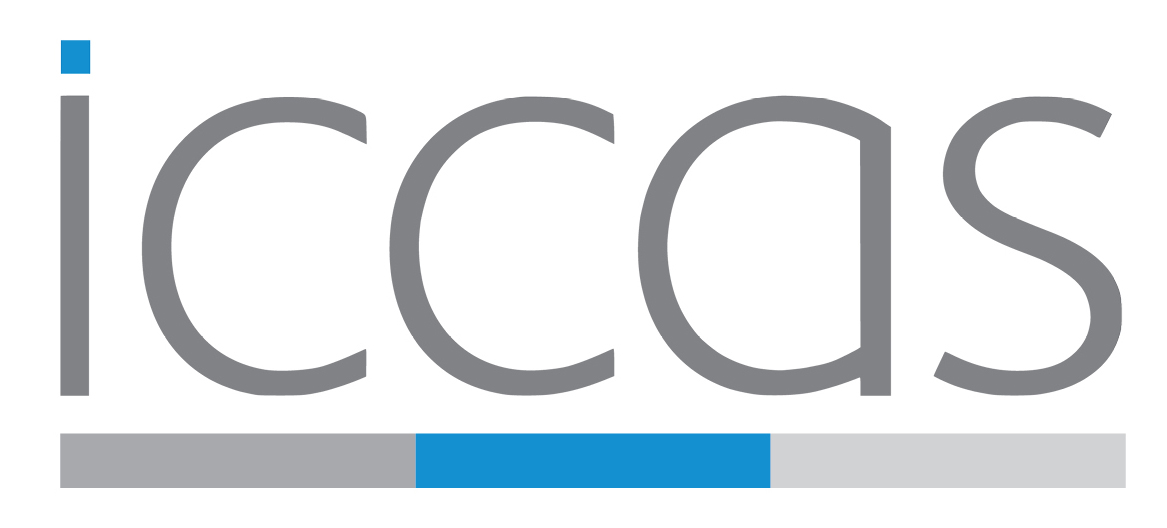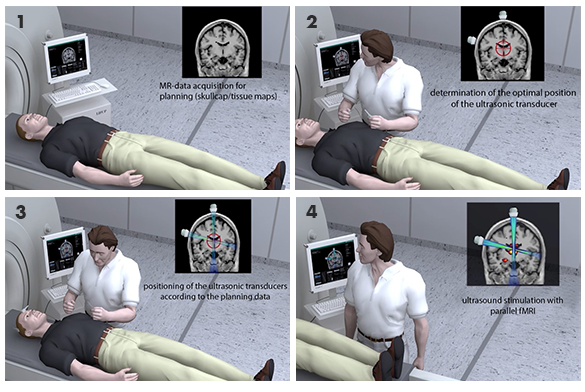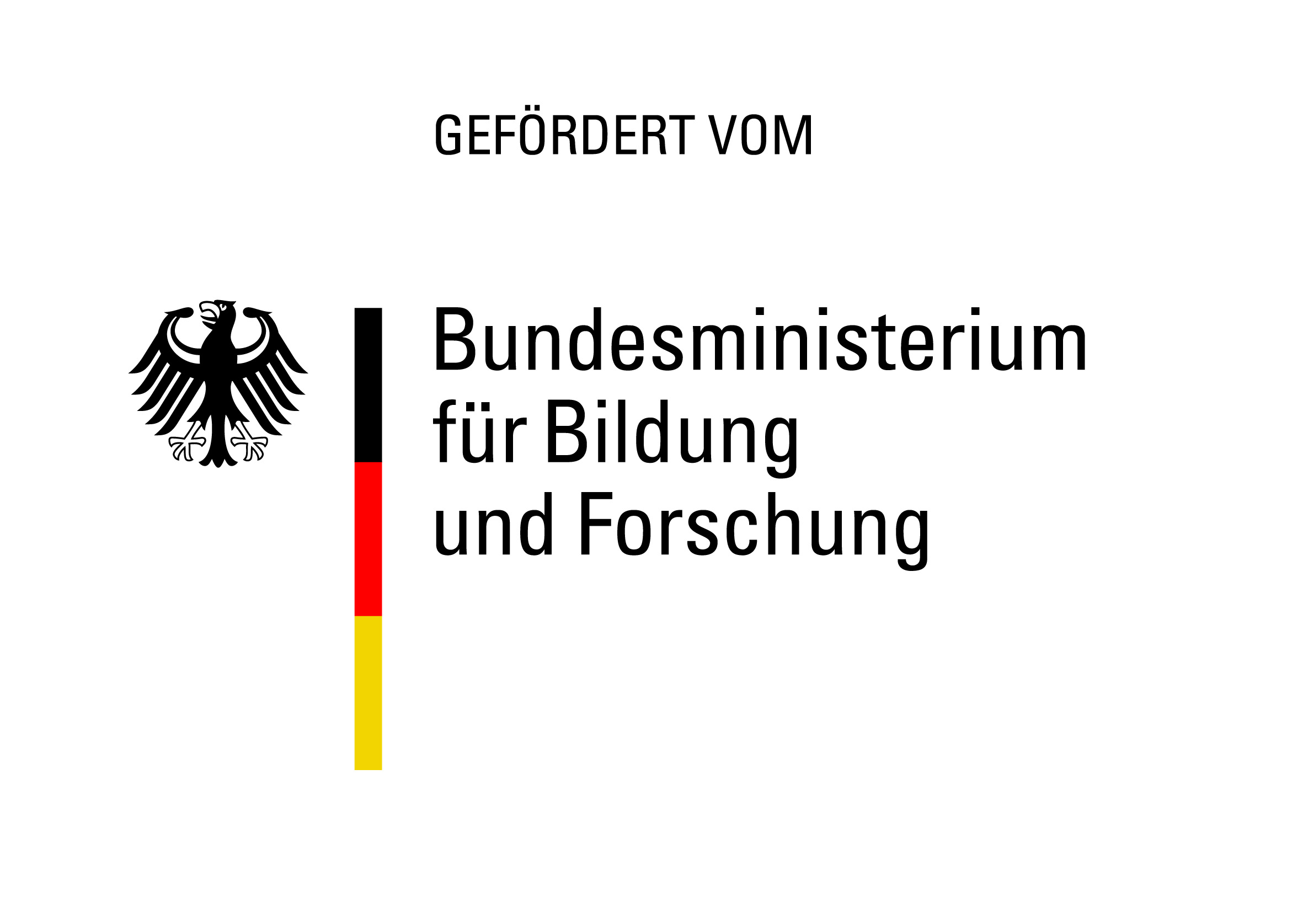


Computer-assisted Image-guided Interventions
Prof. Dr. Andreas Melzer

Funding measure „Recognizing and treating mental and neurological diseases Using the potential of medical technology for a better quality of life“
| Project title: | 3MP-FUS: Multimodality Multi purpose Multi plattform Focused Ultrasound – “Neuromodulation in rare neuropsychiatric disorders with focused ultrasound. ” |
| Principal investigator: |
Prof. Andreas Melzer |
| Project budget:: |
Funding amount/donation for the MF/UL: 5.2 Mio € (6.2 Mio € including fixed rate) |
| Project duration: | 01.04.2022 bis 31.03.2025 |
| Project partner: |
|
Project description
Clinically available MRI-guided FUS systems (MRgFUS/MRHiFU) are dedicated and approved only for specific indications (not to the diseases mentioned) and are approved only for specific MRI systems. In addition, they are permanently installed in one single MRI scanner. Flexible and cost-effective use of these FUS systems on other MRI scanners is currently not possible, in contrast to the planned 3MP-FUS system. One System to be used both under Ultrasound guidance and MRI guidance is not yet available.
The objective of this project is to demonstrate feasibility of such a multi use FUS System which we have developed for neuromodulation.
Neurological diseases are often accompanied by focal changes in the brain. Therapy options mainly aim to normalize the altered brain function, e.g. by neuromodulation. Deep brain stimulation (DBS) is in use for this purpose. DBS requires neurosurgical invasive intervention with the possibility for complications. An alternative would be non-invasive electromagnetic stimulation techniques, such as transcranial magnetic stimulation (TMS). However, these have a low spatial focus without reaching the relevant deep structures of the brain.
The BMBF funded project 3MP-FUS aims to optimize the neuromodulation adressing the two orphan diseases Dystonie and young onset Parkinson’s syndrome. Both benefit from invasive DBS but face the disadvantages of invasiveness. Dystonia (incidence of 20:100,000 (ORPHA:68363)) is characterized by spontaneous involuntary muscle movements. This disorder is usually treated with medication; in advanced stages, therapy with DBS is indicated. The target region is the globus pallidus internus. DBS is also used in the rare early adult Parkinson’s syndrome with an incidence of 1.5:100,000 (ORPHA:2828), where the target region is usually the Nc. Subthalamicus.
The further goal of the project is the ongoing development and testing of a multi-modal, multi-parameter, platform-independent focused ultrasound system (3MP-FUS) for neuromodulation in dystonia and rare forms of Parkinson’s disease. 3MP-FUS will be integrated into different MRI and PET/MRI platforms for precise targeting of circumscribed brain regions and altering their function.
The approach proposed here has the potential to significantly improve neuromodulation. For brain research and novel therapy, the 3MP-FUS device will open up applications similar to and beyond TMS.

Um dir ein optimales Erlebnis zu bieten, verwenden wir Technologien wie Cookies, um Geräteinformationen zu speichern und/oder darauf zuzugreifen. Wenn du diesen Technologien zustimmst, können wir Daten wie das Surfverhalten oder eindeutige IDs auf dieser Website verarbeiten. Wenn du deine Zustimmung nicht erteilst oder zurückziehst, können bestimmte Merkmale und Funktionen beeinträchtigt werden.